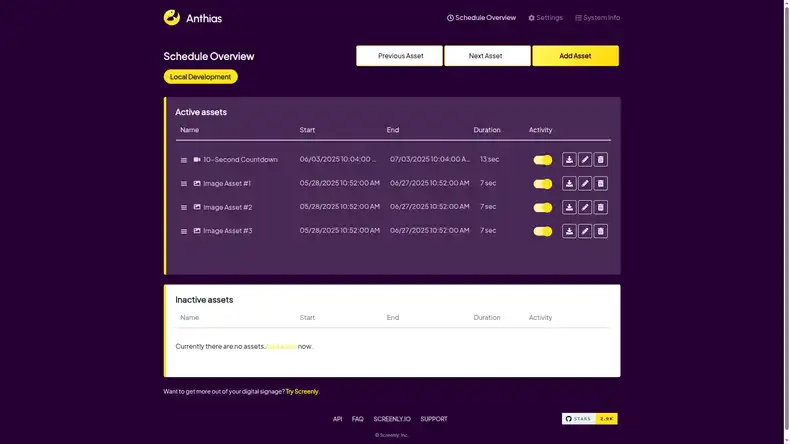In a previous post, we took an honest look at calculating digital signage ROI. We rolled up our sleeves, and we got our hands dirty with the details of these calculations. We discussed considerations and methods for calculating both the costs and revenues associated with digital signage. Also, we made sure to point out that businesses should not stress themselves out trying to make the perfect ROI calculation.
However, there was one point that we did not address: how to calculate return on objective (ROO) for digital signage. We stated that we would address this topic in an upcoming blog post, and, well, here we are!
What is return on objective and when should it be used?
Return on objective is an important and useful alternative to return on investment, and it can be an important tool for calculating the overall impact and effectiveness of your digital signage. Essentially, return on objective comes into play when return on investment simply cannot and should not be used to calculate the effectiveness of a particular activity or “investment.”
For example, in our previous post we discussed calculating the return on investment for digital signage menu boards and the promotion of a particular menu item. To do this, the business would need to calculate the cost for this investment and the revenue generated (menu item sales) from this investment. This is all a fine and worthwhile exercise, but business owners will use digital signage to service “objectives” that do not directly lead to revenue generation. Such objectives for digital signage can include improving internal company communication, growing social media followings, or increasing brand awareness. While these objectives are important to achieve, they are difficult to directly link to any changes in revenue. It is in these cases - where it is difficult to link results to changes in revenues - that return on objective is the best tool with which to measure the effectiveness of your company’s digital signage.
How do you calculate return on objective?
Attempts to measure ROO are attempts to measure these important objectives that are not directly linked to revenue generation. So, how do you actually measure ROO and what numbers and formulas do you use? Here, it is important to note that ROO measures differ from ROI measures in that return on objective digital signage measures will result in an expression of “actions per dollar” rather than a percentage of dollars returned relative to a particular dollar amount invested. For example, a ROO report would state that the company received “6 new social media followers per dollar invested” or improved employee ratings on internal communications by “1.5 stars per $5,000 invested.” There is not a percentage-based return with ROO, as the results are not expressed in the same units as the costs (which are expressed in dollars).
While we could construct a formula for a digital signage ROI calculator, there really is not a particular formula for calculating ROO. Well, there is not a formula that is particularly all that complex. To calculate ROO, you simply divide the number of successful objective completions by the total dollar amount invested for the relevant activity. The tricky part here is determining what successful objective completions you should care about and try to influence with your limited resources and time.
You must consider which activities will be most beneficial for your business. Is improving internal communications what you need the most? What about increasing Net Promoter Score? Or, should you worry more about metrics surrounding brand awareness? These questions do not have immediately clear answers, but thinking about these questions in the context of your business will help ensure you aim to achieve the most worthwhile objectives.
Conclusion
With retail digital signage, there is a relatively easy way to calculate retail digital signage ROI. You simply use the change in sales revenues and the costs of your digital signage deployment. However, digital signage ROI case studies and calculations are difficult to carry out for investments where the main objective cannot be immediately linked to changes in revenues. This is where return on objective comes in as the best tool to calculate the impact of digital signage efforts. We hope this article has been helpful in detailing the differences between ROI and ROO, and we hope that this article has left you with some inspiration for improving the metrics surrounding your own company’s digital signage. By the way, this article is part of a broader push from Screenly to publish more content surrounding metrics and tracking associated with digital signage. So, if you found this interesting, stay tuned!





